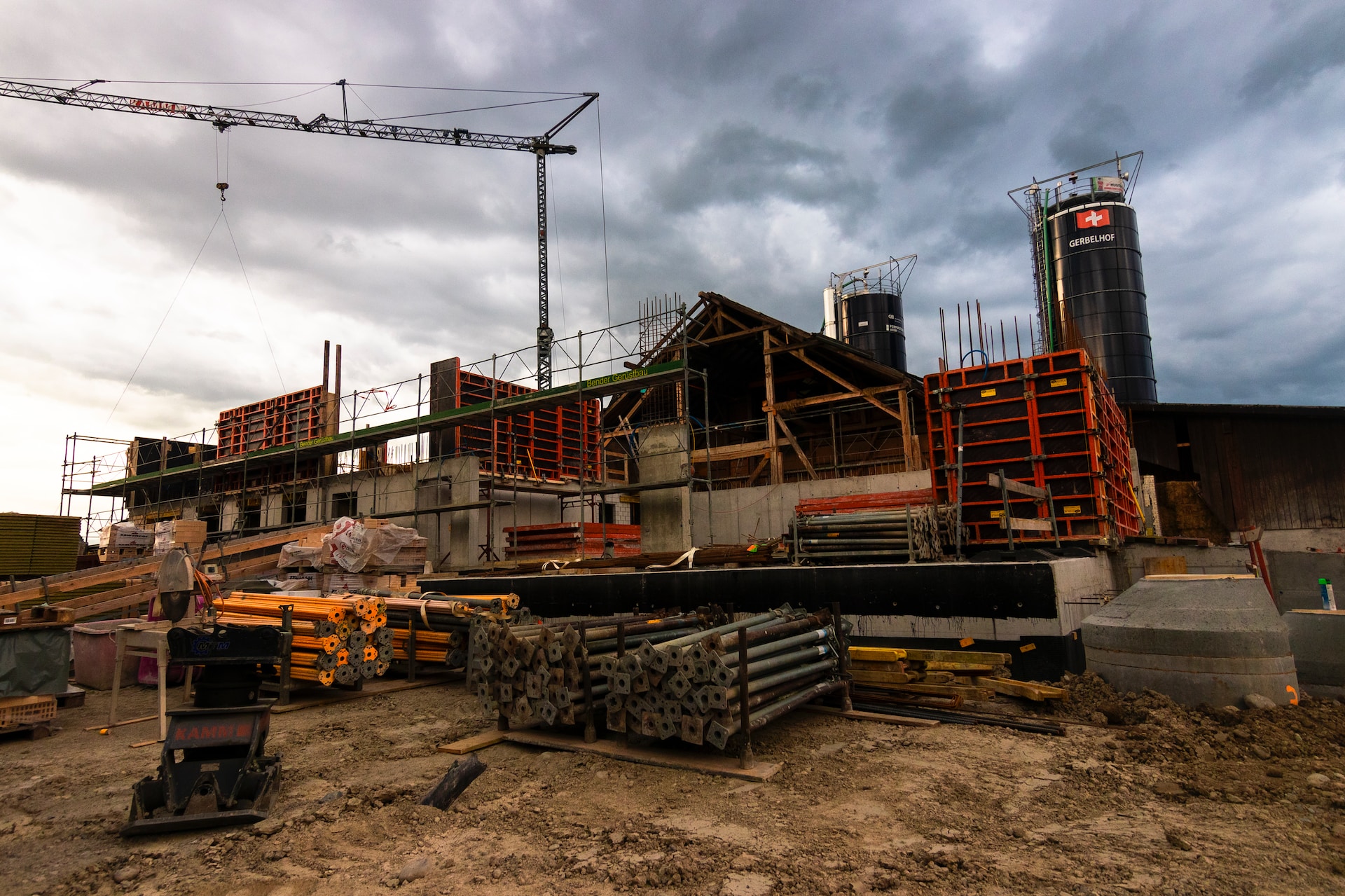
The Top 4 Sustainable Construction Materials
We are reader-supported. When you buy through links on our site, we may earn affiliate commission.
Building and construction are one of the most important industries in the world, but they’re also one of the most significant users of resources. In addition, the construction industry produces many of the world’s carbon emissions. Because of the greater awareness of environmental issues, many companies in the construction industry are utilizing new sustainable construction materials to reduce the industry’s carbon footprint.
Natural materials such as wood and stone are alternatives to mass-produced materials. These are not only eco-friendly, but they also give new buildings a unique look and feel. Here are just a few examples of sustainable construction materials.
Bamboo
Once only used in Asia, bamboo has become increasingly popular as one of the best sustainable construction materials. Its resilience and ability to absorb carbon dioxide and produce oxygen are what sets it apart from processed wood and even steel. This makes bamboo one of the most versatile building materials on the planet.
Bamboo is stronger than steel, making it more than capable of being used in its place. The tensile strength of bamboo is 28,000 PSI — while the tensile strength of steel is 23,000 PSI. Bamboo is an environmentally friendly alternative to steel in almost every part of the construction process.
Moreover, bamboo regenerates very quickly. Many people don’t know that bamboo is not actually a tree — it’s much closer to grass in relation to other plants. This is actually to bamboo’s advantage because its unique physiology allows it to grow back rapidly.
Bamboo has a general growth rate of three feet every 24 hours. Some bamboo species can grow even faster than that, depending on the environmental conditions. To grow to full maturity takes one to five years, much faster than even the fastest-growing trees.
In addition, as long as their bulbs are still intact, bamboo can continue to regrow and thrive. This makes bamboo an adequate replacement for wood in every aspect of construction.
From flooring and furniture to roofs and supports, bamboo can completely replace processed wood — reducing the need to cut down forests and disrupt ecosystems.
The only flaw in bamboo’s eco-friendly reputation is its location. Currently, the only country that grows bamboo for commercial uses is China. That means bamboo has to be shipped by ocean liner from China to other countries — something that in itself produces carbon emissions. Ocean freight still uses fossil fuels to run.
Recycled Steel and Concrete
Steel and concrete are two of the most used materials in construction all over the world. Their production is also one of the most significant contributors to carbon emissions in the construction industry. Steel production, in particular, is estimated to produce 11% of all global CO2 emissions. Studies claim that approximately 1.85 metric tons of CO2 is produced per ton of steel.
Meanwhile, the concrete and cement industry is no better. Concrete and cement production is responsible for 8% of global emissions — surpassing the aviation and ocean freight industries by far.
Fortunately, steel and concrete are two of the easiest materials to recycle — reducing the need for new materials. Steel is a 100% recyclable material because of its properties. Although the melting of steel also produces CO2 emissions, it is far less than new steel production.
In addition, steel manufacturers are adopting environmentally friendly approaches to their recycling facilities. Electric arc furnaces are powered by pure electricity rather than heat, reducing the fuel used to melt steel.
Concrete that is to be recycled is also known as recycled aggregate. In the U.S., 38 states recycle concrete into new cement for use. States that don’t practice recycling use materials that are as environmentally friendly as recycled concrete while having similar performance in construction.
The process of recycling concrete is even simpler than recycling steel. Unused concrete is crushed into aggregate after other items, such as broken steel, are removed. This aggregate has many applications — including as a general base or fill for structures.
Rammed Earth Materials
Another form of sustainable construction material is “rammed earth” materials. These include natural earth materials such as clay, adobe, sand and gravel. This method is one of the oldest forms of construction, dating back centuries.
Using rammed earth construction is simple in principle. Local materials are gathered and pressurized to such a degree that they are fused. Traditionally, this is done by crushing the material between two parallel boards made of wood or metal. The material is compressed to around half its original size using a pneumatic tamper, ensuring it does not fall apart.
Because rammed earth materials use local resources instead of mass-produced ones, they produce zero or next to zero carbon emissions. In addition, earth materials naturally absorb heat, potentially reducing the cost of heating a building. They also give homes and buildings a uniqueness — every building is different and specific to its environment.
However, there are a few caveats to using these materials. Because rammed-earth construction is not as stable as concrete and steel, the local environment plays a significant factor in their use. Rammed earth construction is generally best suited for climates with high temperatures and humidity — so it can’t be used everywhere.
Eco-Friendly Insulation Materials
Insulation is one of the most critical aspects of building construction. A properly insulated structure can save users on heating and cooling costs and reduce their carbon footprint. However, the material used in insulation can also be hazardous not just to the environment but also to human health.
Fiberglass insulation is made of extremely fine artificial material similar to plastic. This material is light enough to be carried through the air or settle as part of dust. Fiberglass can get trapped in the airway or inside the lungs, causing various negative health effects, including asthma and bronchitis.
In addition, fiberglass is not biodegradable. Like plastic, it does not decompose — leading to damaged or discarded insulation materials becoming a hazard for wildlife. So while the benefits of insulation can reduce the carbon emissions of buildings, the use of fiberglass is a double-edged sword.
Construction companies are turning to more sustainable construction materials like wool for their insulation needs. While wool does degrade over time, it has a long life and is just as effective as fiberglass insulation at trapping heat.
Sustainable Construction is the Future
As the fight to reduce global carbon emissions rages on, sustainable construction materials and methodologies are becoming more frequent. By reducing the construction industry’s carbon footprint, the world is one step closer to achieving zero carbon emissions.
Share on
Like what you read? Join other Environment.co readers!
Get the latest updates on our planet by subscribing to the Environment.co newsletter!
About the author

Steve Russell
Steve is the Managing Editor of Environment.co and regularly contributes articles related to wildlife, biodiversity, and recycling. His passions include wildlife photography and bird watching.





